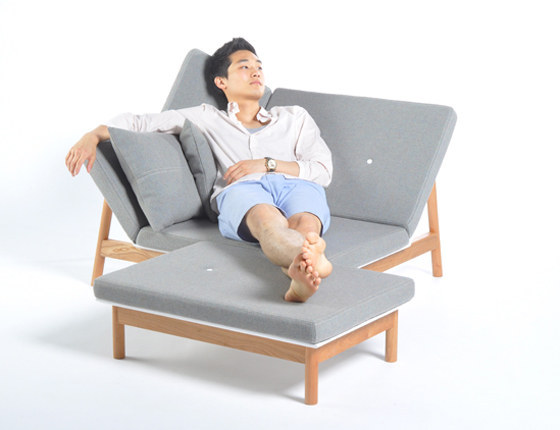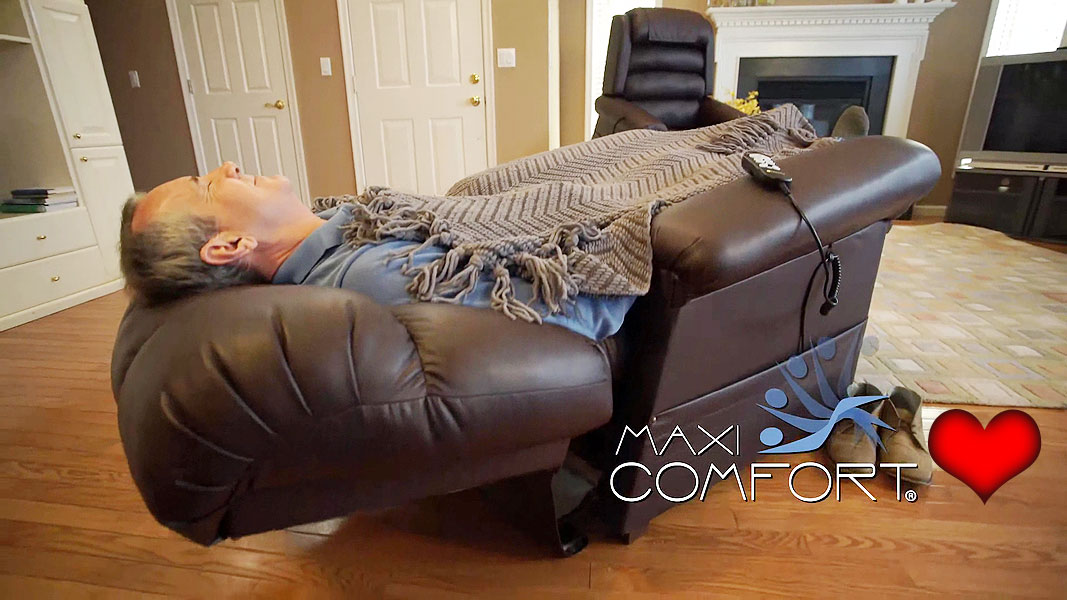

Between September 1986 and October 1988, 9704 community-dwelling white women 65 years and older were recruited from population-based listings in Baltimore, Maryland Minneapolis, Minnesota Portland, Oregon and the Monongahela Valley near Pittsburgh, Pennsylvania.Īt baseline, women were excluded if they were unable to walk without assistance or if they had undergone a previous bilateral hip replacement. The SOF is a prospective study originally designed to determine risk factors for osteoporotic fractures in older women. The SOF provides a unique opportunity to study this question in a large cohort of primarily community-dwelling older women, who are well characterized for sleep exposures as well as critical covariates such as use of hypnotics and other medications, neuropsychiatric and physical function, and comorbidities. To our knowledge, the present study is the first to examine the relationship between objective estimates of sleep duration and fragmentation and subsequent risk of recurrent falls. It is not established whether it is poor sleep or medications used to treat sleep disturbances that explain the increased risk of falls in those who are prescribed such medications. 7 - 11 However, sleep characteristics have seldom been considered as covariates in these prior studies. Older adults with insomnia are more likely to use hypnotic medications such as benzodiazepines, which have been associated with an increased risk of falls and fractures. All studies thus far have been limited by the use of subjective sleep data, 4 - 6 and most have had other limitations, including retrospective ascertainment of falls 5 or incomplete covariate assessment. 4 In addition, both daily napping and self-reported long 24-hour sleep duration were associated with an increased risk of incident fractures.

4 - 6 A recently published study from our group, based on data from the multicenter Study of Osteoporotic Fractures (SOF), found that self-reported daily napping predicts the risk of incident falls and fractures. A few prior studies have found that insomnia or other sleep characteristics are related to an increased risk of falls. Insomnia and disturbed sleep are also increasingly common in older adults. 1, 2 It is estimated that falls occur in approximately a third of persons older than 65 years each year. For example, women with poor sleep efficiency (<70% of time in bed spent sleeping) had 1.36-fold increased odds of falling compared with others (odds ratio, 1.36 95% confidence interval, 1.07-1.74).Ĭonclusion Short nighttime sleep duration and increased sleep fragmentation are associated with increased risk of falls in older women, independent of benzodiazepine use and other risk factors for falls.įalls pose a major health risk among older adults and are a leading cause of mortality, morbidity, and premature nursing home placement. Indexes of sleep fragmentation were also associated with an increased risk of falls. This association was not explained by the use of benzodiazepines. Results In multivariate-adjusted models, relative to those with “normal” nighttime sleep duration (>7 to 8 hours per night), the odds of having 2 or more falls in the subsequent year was elevated for women who slept 5 hours or less per night (odds ratio, 1.52 95% confidence interval, 1.03-2.24). Use of medications was obtained by examiner interview. Fall frequency during the subsequent year was ascertained by a triannual questionnaire. In 2978 primarily community-dwelling women 70 years and older (mean age, 84 years), sleep and daytime inactivity were estimated using wrist actigraphy data collected for a minimum of 3 consecutive 24-hour periods (mean duration, 86.3 hours). Methods Study subjects were participants in the Study of Osteoporotic Fractures. However, no previous study, to our knowledge, has tested the independent associations of objectively estimated characteristics of sleep and risk of falls, accounting for the use of commonly prescribed treatments for insomnia.

Shared Decision Making and Communicationīackground Prior studies have suggested that insomnia and self-reported poor sleep are associated with increased risk of falls.Scientific Discovery and the Future of Medicine.Health Care Economics, Insurance, Payment.Clinical Implications of Basic Neuroscience.Challenges in Clinical Electrocardiography.


 0 kommentar(er)
0 kommentar(er)
